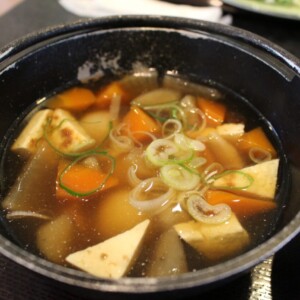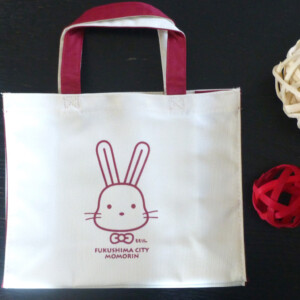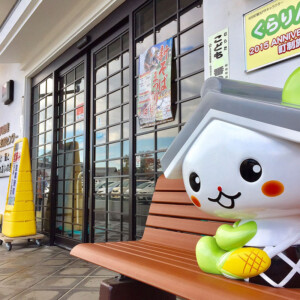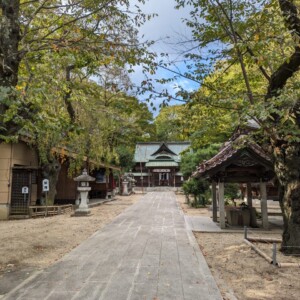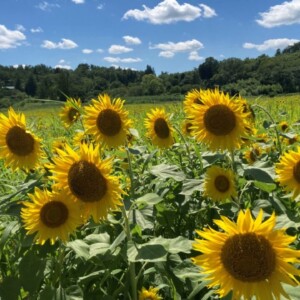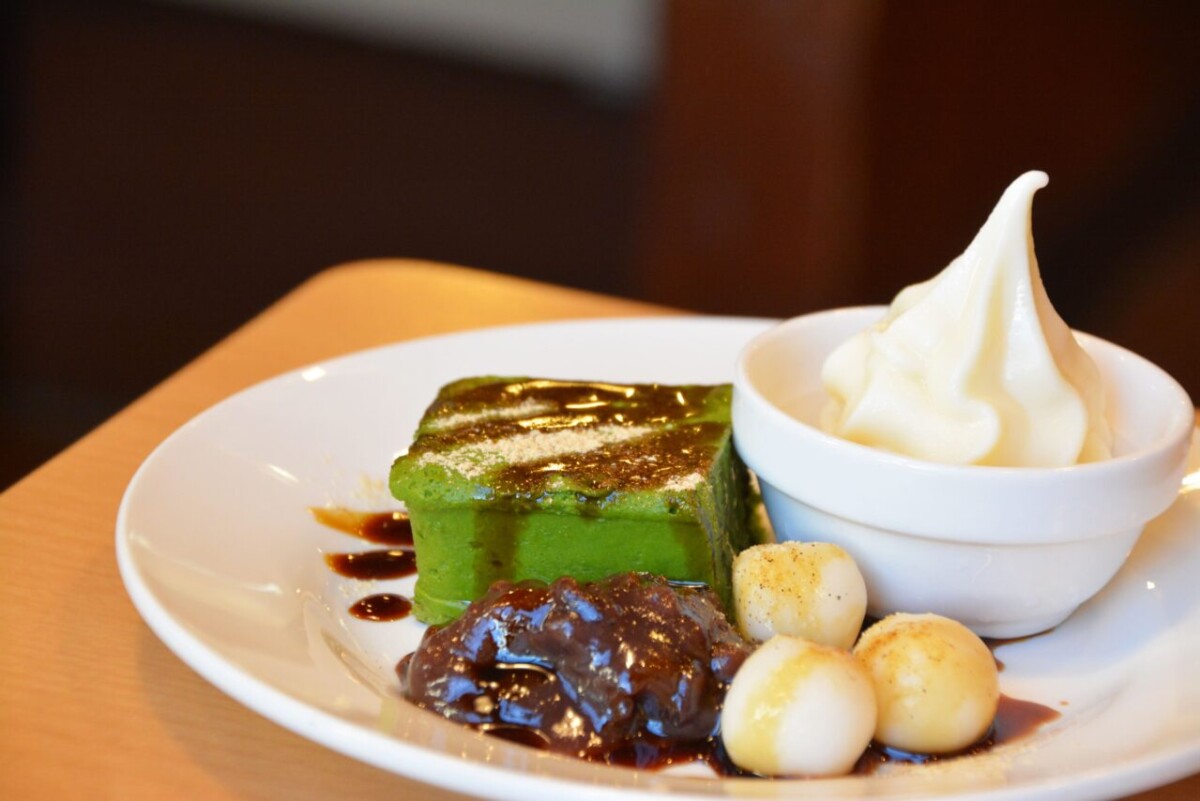
[Kawauchi Village, Fukushima Prefecture] What is "Kanzarashiko" (cold powder) that is full of natural flavors? Explaining its appeal and recipes
Do you know what "cold powder" is?
Kanzarashiko is actually a type of rice flour. Kanzarashiko is made by taking advantage of the harsh cold of nature, making it a high-quality food ingredient. At the same time, it has long been treasured as a preserved food that is packed with wisdom for daily life
So, this time we will introduce the charm of kanzarashiko, a powder produced by the power of nature in Fukushima Prefecture, and some recipes that use kanzarashiko. Please enjoy this ancient wisdom and try it at home while thinking about how to make it
What is cold dried powder?
Kanzarashiko is a type of rice flour. It is also known as shiratamako. Perhaps many people are more familiar with the name shiratamako
Cold-dried flour or shiratama flour is used in many regions across Japan. The Tohoku region, with its severe cold, delicious rice, and abundant water, has long been a producer of high-quality shiratama flour
The name "Kanzarashi Powder" comes from the fact that, as the name suggests, it is made using a method that takes advantage of the cold of winter
There are two main methods for making it. One is to wash glutinous rice, grind it into powder, soak it in cold water during the winter, and then dry it in the sun. The other is to soak glutinous rice in water, dry it in the sun in the cold wind, and then grind it into powder
In both cases, the glutinous rice is soaked in water to dissolve its vitamins and proteins, leaving only the starch, and then the water is drained and the rice is turned into powder, improving its shelf life
Kanzashiko, which is made with great care, can apparently be stored for up to two years. Kanzashiko, which can be stored for a long period of time, was a valuable preserved food in the days when people lived a self-sufficient agricultural lifestyle
As an example, we will introduce Kawauchi Village, Futaba County, a mountain village rich in nature located in the Abukuma Highlands of Fukushima Prefecture. Kawauchi Village is blessed with pure water and an abundance of trees, but it is also an area that is notable for the harshness of winter, with strong winds and freezing cold
In Kawauchi Village, there is a culture of using kanzarashiko (dried rice cakes) when making traditional local foods such as komomochi (frozen rice cakes) and kashiwamochi (oak leaf mochi). This is thought to be because the kanzarashiko was used in daily life to help the people survive in the harsh natural environment
In this way, kanzarashiko is one of the ingredients that has played an important role in protecting people's food since ancient times
Delicious recipes for eating kanzarashiko
So, how do you eat this traditional food ingredient, kanzarashiko? We'll introduce some recommended recipes
Basic usage of kanzarashiko (rice flour)
The most important thing when using cold-dried flour is not to add all the water at once. Add the water little by little as you knead, and you will get a smooth dough
To make shiratama dango, knead the dough until it is as soft as an earlobe, tear it into small pieces, roll it into balls, and boil it in boiling water. After it floats to the surface, scoop it up after 1-2 minutes and rinse it in cold water to finish. We recommend eating it with red bean paste, brown sugar syrup, or matcha ice cream
Homemade shiratama dango have an irresistible chewy texture. If you can get your hands on high-quality kanzarashiko, be sure to try it in its simple form
Kashiwamochi (oak leaf rice cakes) from Kawauchi Village, Futaba County, Fukushima Prefecture
Kashiwamochi is generally made with joshinko (high-grade rice flour), but Kawauchi Village's kashiwamochi is made very easily by using kanzarashiko (dried in the cold) flour. The ingredients and process are very simple, but kashiwamochi made with kanzarashiko has a very chewy texture
<Ingredients> 6 pieces
- Cold dried powder 200g
- 6 oak leaves
- 300g red bean paste
- Lukewarm water
<How to make>
- Add lukewarm water little by little to the cold dried flour and knead until it is as soft as an earlobe
- Roll out the dough into small balls using your palms, wrap the bean paste around them, and then wrap them in an oak leaf
- Steam in a steamer for about 15 minutes and it's done
You can't go wrong if you use store-bought red bean paste, but if you want to make it yourself, we recommend starting with boiling the red beans
If you're particular about the texture, blending rice flour that has been dried in the cold with glutinous rice flour will change the finished product. It might be fun to experiment with different ratios to create your own original flavor
Kawauchi Village's kashiwamochi can also be enjoyed as a gift in return for hometown tax donations
In fact, you can currently enjoy Kawauchi Village's traditional handmade kashiwamochi through Furusato Choice's hometown tax return gifts
Because they are sold frozen, they last a long time. We recommend eating as many as you want whenever you want, as they are just like freshly made, chewy kashiwamochi
If you are considering using hometown tax donations, please refer to this information
summary
This time, we introduced "Kanzarashiko," a preserved food made in the harsh cold of nature
The ingredients of shiratama dango are familiar to many people, but it's amazing that a food that can be preserved for two years can be made using only natural ingredients and ingenuity. It's amazing to see the wisdom of our ancestors
In Kawauchi Village, Futaba County, Fukushima Prefecture, the food culture of using kanzarashiko flour is deeply rooted. Kashiwamochi, made with kanzarashiko flour, is a flavor that is sure to become an addictive treat for anyone who loves chewy sweets. Be sure to give it a try



![Let's go to the best Imoni festival in Japan to be held in Yamagata City! [Yamagata Prefecture] Yamagata style imoni](https://jp.neft.asia/wp-content/uploads/2017/01/28007181_m-150x150.jpg)

![[Motomiya City, Fukushima Prefecture] Famous Fukushima sweets that even the British Prime Minister is impressed by! The fashionable karinto from the confectionery shop "Nukamo" is exquisite! [Motomiya City, Fukushima Prefecture] Famous Fukushima sweets that even the British Prime Minister is impressed by! The fashionable karinto from the confectionery shop "Nukamo" is exquisite!](https://jp.neft.asia/wp-content/uploads/2024/02/P1012144-150x150.jpg)
![What does "Shinobu Mochizuri" mean? Introducing related spots and folk tales [Fukushima Prefecture] 0127-000](https://jp.neft.asia/wp-content/uploads/2024/02/0127-000-150x150.jpg)
